Mammoths and Mastodons: All American Monsters
A mammoth discovery in 1705 sparked a fossil craze and gave the young United States a symbol of national might
/https://tf-cmsv2-smithsonianmag-media.s3.amazonaws.com/filer/Mammoths-mastadons-631.jpg)
In the blue shadows after dawn, the low hills in this stretch of South Dakota can look like a line of elephants trudging toward some distant water hole. It’s a geologic echo of the great herds of Columbian mammoths that used to wander here. They were like African elephants, only bigger. “A full-grown adult weighed ten tons. That’s as much as a school bus,” a guide tells the tourists on a sidewalk at the Mammoth Site, a paleontological dig and museum in the town of Hot Springs. She points out a set of brick-size teeth with corrugated surfaces like the soles of running shoes. With them, a mammoth ate 400 pounds of grasses and sedges a day.
Directly below the sidewalk, a volunteer scratches up dirt in a niche formed largely by the bones of dead mammoths. She’s got a big shoulder blade sticking up out of the ground off her knees, the round end of a leg bone at her right elbow, ribs like stripes painted in the dirt wall just above, and behind her a sort of cascade of half-excavated skulls and tusks spilling down to the bottom of the dig. Altogether, parts of 58 mammoths lie exposed in an area about the size of a hockey rink, sheltered beneath a roof built to protect them. Larry Agenbroad, the paleontologist who helped discover this site 35 years ago, figures at least as many remain hidden underground.
This is one of the world’s largest sites that display the bones where mammoths died, and it has some of the horror and fascination of a slow-motion traffic pileup. About 26,000 years ago, Agenbroad says, a sinkhole formed here and filled with water from a hot spring, creating a vegetated oasis that lured many young mammoths to their death. In places, the bones have settled in the posture of the animal’s desperate struggle to get back up the slick, steep sides of the pond, a foreleg flung up, the back legs splayed out where they pawed for traction in the mud below. Occasionally a visitor will imagine the fear and trumpeting of the struggling animal and start to weep.
The guides, volunteers and paleontologists at the Mammoth Site are a bit more jaded. They’ve nicknamed one disarticulated skeleton Napoleon Bone-Apart. Another specimen, found minus its skull, started out as Marie Antoinette, after the guillotined French queen. It turned out to be a male, like all the other mammoths in this site. “So we renamed it Murray,” says Agenbroad, a soft-spoken, neighborly figure with bright, deep-set eyes behind rimless glasses.
It’s a venerable American tradition, this mix of science, show business and big hairy pachyderms. The same happy combination drives a new exhibition, “Mammoths and Mastodons: Titans of the Ice Age,” which just opened at Chicago’s Field Museum (and travels to Jersey City, Anchorage, St. Louis, Boston, Denver and San Diego). With Agenbroad as a consultant, one part of the exhibition aims to evoke the world of the mammoths in the South Dakota hills. Other parts explore the profound influence these creatures had in human history. Though dinosaurs now come to mind when we think about lost worlds, mammoths and mastodons provided the first persuasive evidence that one of God’s creatures could go extinct. (The idea had previously bordered on heresy, but we now know that the animals vanished mysteriously roughly 11,000 years ago.) And though we often associate them with Siberia, mammoths and mastodons played a huge role in establishing our national identity, as Americans struggled to climb out from under the shadow of Europe.
It started with a five-pound tooth. In the summer of 1705, in the Hudson River Valley village of Claverack, New York, a tooth the size of a man’s fist surfaced on a steep bluff, rolled downhill and landed at the feet of a Dutch tenant farmer, who promptly traded it to a local politician for a glass of rum. The politician made the tooth a gift to Lord Cornbury, then the eccentric governor of New York. (Cornbury liked to cross-dress as his cousin Queen Anne, or so his enemies said.) Cornbury sent the tooth to London labeled “tooth of a Giant,” after the statement in Genesis that “there were giants in the earth” in the days before the Flood.
Man or beast, this “monstrous creature,” as Cornbury called it, would soon become celebrated as the “incognitum,” the unknown species. The discovery of dinosaurs was more than a century in the future, but in terms of this creature’s grip on the popular imagination, it was “the dinosaur of the early American republic,” according to Paul Semonin, author of American Monster, a history of the incognitum. Some primal force in the American spirit embraced it, he says, as “in effect, the nation’s first prehistoric monster.”
Based on the size of bones discovered near the tooth, the Massachusetts poet Edward Taylor estimated the incognitum’s height at 60 or 70 feet (10 would have been closer to the mark) and wrote bad poetry about “Ribbs like Rafters” and arms “like limbs of trees.” The minister Cotton Mather boasted that the New World possessed biblical giants to make the Old World’s “Og and GOLIATH, and all the Sons of Anak” look like pygmies.
When similar teeth later turned up in South Carolina, slaves pointed out that they looked a lot like an African elephant’s. Early explorers also brought back whole tusks and bones from the Ohio River Valley. Americans soon started referring to the incognitum as a “mammoth,” after the woolly mammoths then being dug out of the ice in Siberia. It fact, it would turn out that North America had been home primarily to two different types of pachyderm—mammoths, like the ones at the dig in South Dakota, and mastodons, like the ones in the Hudson River Valley. Hardly anybody knew the difference.
European anatomists started to figure out the distinction by making side-by-side comparisons. The teeth of mammoths and modern elephants both have relatively flat running-shoe corrugations on the biting surface. But the teeth of the incognitum are studded with fierce-looking rows of large conical cusps. That difference not only indicated that Siberian mammoths and the incognitum were separate species, it also led some anatomists to regard the latter as a flesh-eating monster.
“Though we may as philosophers regret it,” the British anatomist William Hunter wrote in 1768, “as men we cannot but thank Heaven that its whole generation is probably extinct.” Benjamin Franklin, then on diplomatic duty in London, observed that the animal’s big tusks would have been an impediment “for pursuing and taking Prey.” Ever the practical thinker, he suggested that those fierce-looking teeth might be “as useful to grind the small branches of Trees, as to chaw Flesh”—and he was right. We now know that mammoths predominated in the open grasslands of the American West and in Siberia, where they needed flat teeth for eating grass. The incognitum, a smaller animal with less curvature to its tusks, lived mostly in the heavy forests east of the Mississippi River and browsed on tree branches.
Those teeth also eventually gave the incognitum a name. To the young French anatomist Georges Cuvier, the conical cusps looked like breasts. So in 1806, he named the incognitum “mastodon,” from the Greek mastos (for “breast”) and odont (for “tooth”). But laymen went on applying the name “mammoth” to either species—and to just about anything else really big.
The discovery of such monstrous creatures raised troubling questions. Cuvier made the case that both mammoths and mastodons had vanished from the face of the earth; their bones were just too different from any known pachyderm. It was the first time the scientific world accepted the idea that any species had gone extinct—a challenge to the doctrine that species were a permanent, unchanging heritage from the Garden of Eden. The disappearance of such creatures also cast doubt on the idea that the earth was just 6,000 years old, as the Bible seemed to teach.
In fact, mammoths and mastodons shook the foundations of conventional thought. In place of the orderly old world, where each species had its proper place in a great chain of being, Cuvier was soon depicting a chaotic past in which flood, ice and earthquake swept away “living organisms without number,” leaving behind only scattered bones and dust. That apocalyptic vision of the earth’s history would haunt the human imagination for much of the 19th century.
At the same time, mammoths and mastodons gave Americans a symbol of national might at a time when they badly needed one.
Georges-Louis Leclerc, Comte de Buffon, the French naturalist, had declared that “a niggardly sky and an unprolific land” caused species in the New World—including humans—to become puny and degenerate. “No American animal can be compared with the elephant, the rhinoceros, the hippopotamus,” he sniffed in 1755. Even the American Indian is “small and feeble. He has no hair, no beard, no ardour for the female.” Because Buffon was one of the most widely read authors of the 18th century, his “theory of American degeneracy” became conventional wisdom, at least in Europe.
Clearly offended, Thomas Jefferson (who stood 6-foot-2) constructed elaborate tables comparing American species with their puny Old World counterparts—three-and-a-half pages of bears, bison, elk and flying squirrels going toe-to- toe. In the early 1780s, he wrote that the mammoth, “the largest of terrestrial beings,” should have “stifled in its birth” Buffon’s notion “that Nature is less active, less energetic on one side of the globe than she is on the other. As if both sides were not warmed by the same genial sun; as if a soil of the same chemical composition was less capable of elaboration into animal nutriment.” When Jefferson sailed to Paris in 1784 to represent the new United States, he packed “an uncommonly large panther skin” with the idea of shaking it under Buffon’s nose. He later followed up with a moose. (Buffon promised to amend his errors in the next edition of his book, according to Jefferson, but died before he could do so.)
It wasn’t just a matter of wounded pride. For American envoys in the 1770s and ’80s, refuting the idea of innate inferiority was essential “if they were to obtain sorely needed financial assistance and credit in Europe,” says anthropologist Thomas C. Patterson. And they took every opportunity to make their point. Once, at a dinner in Paris, a diminutive Frenchman (in recounting the story, Jefferson described him as “a shrimp”) was enthusiastically preaching the doctrine of American degeneracy. Benjamin Franklin (5-foot-10) sized up the French and American guests, seated on opposite sides of the table, and proposed: “Let us try this question by the fact before us.... Let both parties rise, and we will see on which side nature has degenerated.” The Frenchmen muttered something about exceptions proving rules.
In Philadelphia, the portrait artist Charles Willson Peale first examined incognitum bones from the Ohio River Valley in 1783, and the encounter set him on what he called an “irresistibly bewitching” quest for knowledge about the natural world, leading him to create what was in effect America’s first national museum. (The Smithsonian Institution was still more than a half-century in the future.) Tickets to Peale’s museum, in Philadelphia, bore the slogan “The Birds & Beasts will teach thee,” and he saw to it that they taught lessons in the greatness of the American republic.
For Peale, the massive size of the incognitum made it the perfect answer to Buffon’s “ridiculous idea,” and in 1801 he got word of “an animal of uncommon magnitude” discovered by a farmer named John Masten in the Hudson River Valley near Newburgh, New York. That June, Peale traveled by stagecoach and sloop from Philadelphia to Newburgh, where he paid $200—roughly $2,500 in today’s currency—for the bones, plus $100 more to do additional digging on his own. Before long, he had a $500 loan from the American Philosophical Society, a science and natural history organization of which Jefferson was then president, to support an ambitious effort to excavate bones from a pond on Masten’s farm.
Peale commemorated the scene in a famous painting, with lightning crackling down from a black corner of the sky and horses panicking in the distance. To drain the pond that dominates the scene, Peale had devised a huge wooden wheel on a high bank, with men treading inside like hamsters in an exercise wheel. The turning of the wheel drove a long conveyor belt of buckets, each carrying water up and over, to spill down a chute into a nearby vale. Workers on staged platforms passed dirt up from the exposed bottom of the pond. In the lower right quadrant of the painting, Peale himself presided, grandly presenting the scene with one outstretched arm.
The painting was originally titled Exhuming the Mammoth, but the excavation at the pond actually recovered only a few more bones to add to Masten’s original discovery. Peale did better with two less picturesque excavations up the road, recovering a nearly complete skeleton. But the painting made for a shrewd piece of self-promotion.
Back in Philadelphia, making sense of the bones took three months and “numberless trials of putting first one piece, then another, together, and turning them in every direction.” Peale’s slave Moses Williams did much of the work. He “fitted pieces together by trying, [not] the most probable, but the most improbable position, as the lookers-on believed,” Peale wrote. “Yet he did more good in that way than any one among those employed in the work.” Peale filled in missing parts in papier-mâché and wood, scrupulously indicating these substitutions. But the showman or patriot in him exaggerated the size of his incognitum slightly, yielding a skeleton 11 feet high at the shoulder. Later, he corked the joints, adding extra “cartilage” to make it even bigger. For a time, he also pointed the tusks downward, the better for skewering prey.
To drum up business for the opening of his museum, Peale had Williams put on an Indian headdress and parade through the city streets on a white horse, with trumpet fanfare. Fliers invoked an Indian legend: “TEN THOUSAND MOONS AGO” a creature had roamed “the gloomy forests...huge as the frowning Precipice, cruel as the bloody Panther.” For 50 cents additional admission to the museum’s “Mammoth Room,” Philadelphians could see “the LARGEST of Terrestrial Beings!” with their own wide eyes.
It was only the world’s second reconstruction of a fossil species (the one prior attempt being a decidedly less thrilling giant ground sloth in Madrid), and it became a national sensation, with word spreading until “the masses of the people were now even more eager than the scientists to view the great American wonder,” according to Peale biographer (and descendant) Charles Coleman Sellers. “The mere idea of bigness stirred every heart.” Peale’s “mammoth” would turn out to be a mastodon, but “mammoth” was the word on every tongue, gaining overnight “a fresh and spectacular currency.” A Philadelphia baker offered “Mammoth Bread.” In Washington, a man who proclaimed himself a “Mammoth Eater” dispatched 42 eggs in ten minutes, and a New Yorker grew a 20-pound “mammoth” radish. Knowing of President Thomas Jefferson’s long interest in all things mammoth, the women of Cheshire, Massachusetts, presented him with a 1,230-pound “Mammoth Cheese” on New Year’s Day 1802.
Politics also infected a publicity stunt staged by Peale’s son Rembrandt. Thirteen gentlemen sat at a round table beneath the “mammoth’s” monstrous rib cage while a musician played “Jefferson’s March” and “Yankee Doodle” at a piano tucked under the pelvis. The diners offered patriotic toasts, being careful not to raise their glasses too high: “The American People: may they be as preeminent among the nations of the earth, as the canopy we sit beneath surpasses the fabric of the mouse!” Young Peale soon boarded a ship with the second skeleton from the Hudson River Valley to show off in Europe.
Caught up in the effort to prove the vitality of the American experiment, Thomas Jefferson had convinced himself by the 1780s that the mammoth still lived. He gave credence to an Indian legend about a mammoth that shook off lightning bolts, bounding away over the Ohio River to somewhere beyond the Great Lakes. “In the present interior of our continent,” Jefferson wrote, “there is surely space and range enough for elephants and lions.” He imagined this pair of American titans roaming the Great Plains.
Buffon’s theory of American degeneracy was still on Jefferson’s mind years later, when, as president, he sent Lewis and Clark to explore the American West—partly to see if they could turn up a living mammoth. He was so obsessed with this quest that he once laid out a collection of mastodon and other bones on the floor of the East Room in the White House, where John and Abigail Adams’ laundry had once hung.
Jefferson was right about the robustness of American wildlife. At Larry Agenbroad’s dig at the Mammoth Site in South Dakota, a volunteer from the Earthwatch Institute carefully scrapes dirt from around the rib of a giant short-faced bear, the largest bear species ever known. It weighed 1,200 pounds or more and could stand 15 feet high, half again the regulation height of a basketball rim. Bears, wolves and other carnivores apparently preyed on mammoths struggling at the edge of the thermal pool—and sometimes also died there. Agenbroad has not yet found any lion bones among all the mammoth remains at the site, but just as Jefferson suspected, an American lion—25 percent larger than its modern African counterpart—also once roamed the Great Plains.
Columbian mammoths, the North American species named for Christopher Columbus, stood up to 14 feet tall at the shoulder, towering two feet over African elephants. One woolly mammoth, at most ten feet tall, has also been found at the site, dating to an undetermined time when the climate got colder and Columbian mammoths moved south. There are no mastodons at the site, and in the spirit of geographic one-upmanship, Agenbroad dismisses those eight- to ten-foot-tall Easterners as deficient—though not quite degenerate—cousins.
Agenbroad first came to the Hot Springs site in July 1974 on a quick visit from a bison dig an hour or so south. George “Porky” Hanson, a bulldozer operator, had scraped up a mess of bones while getting the area ready for a housing development. Hanson’s son, who had taken a course from Agenbroad at Chadron State College in Nebraska, sent him a note: “We think we have mammoths in Hot Springs.”
They did, and digging commenced in earnest in 1975. The housing developer agreed to back off for three years and, after the scope of the discovery became apparent, sold the property at cost to a nonprofit foundation that Agenbroad helped establish. Work on the site since then has produced—along with 116 tusks and tons of bones—an explanation of what happened there 26,000 years ago.
Some of the Mammoth Site animals died at first snow, according to Agenbroad, and others during an early spring thaw. (Researchers determined the season of death with the help of trace isotopes in different tusks.) The ice age winter, Agenbroad says, left mammoths with two choices: “They could sweep off three feet of snow and get last year’s grass, which is about as exciting as a bowl of cereal with no sugar, berries or milk. Or they could go for the salad bar of plants still growing around the edge of the sinkhole—just like bison in Yellowstone National Park go for the green grass around thermal pools.”
But the sides of the sinkhole sloped at least 67 degrees, Agenbroad estimates, and the stone—Spearfish Valley red shale—gets as slick as grease when wet. Only males were dumb enough to risk it, he figures, because female mammoths stayed within the shelter of the herd their entire lives, like modern elephants. But adolescent males went into exile—and did the sort of imprudent things adolescent males still do today.
Early in the excavation, the concentrated pattern of bones made it practical to think about putting the whole site under a roof. “We made the decision to leave the bones where they were,” Agenbroad says. “They never look the same on a shelf.” The Mammoth Site foundation’s board of directors has always been notably local (Porky Hanson was a member), but Agenbroad persuaded them of the value of emphasizing science, not just tourism. The site now attracts 110,000 visitors a year.
Out on a part of the excavation she calls her “airstrip,” a volunteer named Ruth Clemmer uses a square trowel to make thin shavings of dirt buckle up and away. This is the end of her fifth two-week work session over the past three years, and she can add up what she’s found in that time: one toe bone the size of her fist, one coprolite (fossilized excrement, probably from a wolf) and many mammoth rib fragments. Ribs are cheap around here, since each animal had 40 of them. “If we had a barbecue joint, we’d be in business,” jokes another volunteer.
It’s almost enough to give Clemmer an inferiority complex. But then she gets onto an interesting piece of bone and starts to “develop” it, going back and forth between the trowel and, for close work, a sharpened popsicle stick, with a pastry brush for cleanup. The bone gradually widens out and turns a corner. The crew chief comes by and speculates that it might be the coracoid process of a shoulder blade. Or not: “It has a lot of calcite on it, which conceals the shape.” Clemmer announces that she’s skipping the afternoon break so she can keep digging.
“It’ll still be here next year,” the crew chief advises. It’s Friday afternoon, the last day of work for this crew, but Clemmer makes a deal with Agenbroad to let her dig the following day while everybody else goes off on a field trip.
When Agenbroad gets back late Saturday afternoon, he looks down at Clemmer’s work and says, “Nuchal crest,” meaning the anchor point for the massive muscles that once stretched up across the back of the neck. The bone is, in fact, the complete skull of a male mammoth brought down in his prime. The animal lies on his right cheek. The top of his left eye socket just barely peeks up above the dirt. Clemmer goes home triumphant, having assisted one more ice age American hero into the light of a strange new world.
Richard Conniff is a frequent contributor to Smithsonian.
/https://tf-cmsv2-smithsonianmag-media.s3.amazonaws.com/accounts/headshot/richard-conniff-240.jpg)
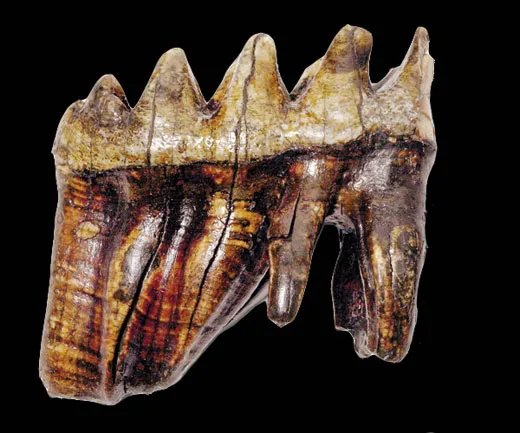
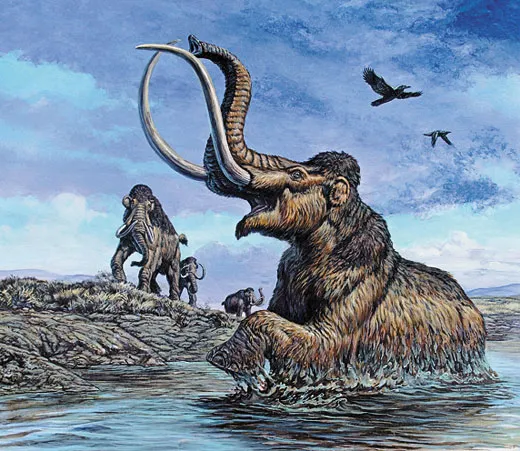
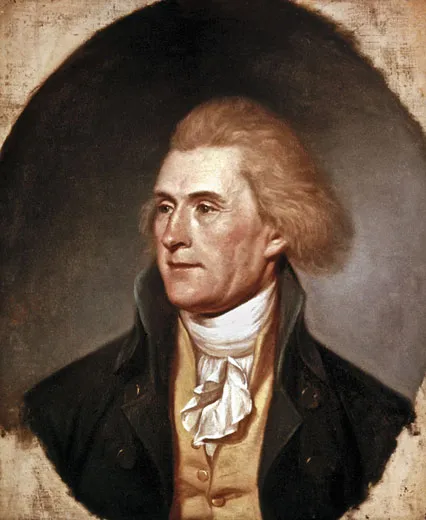
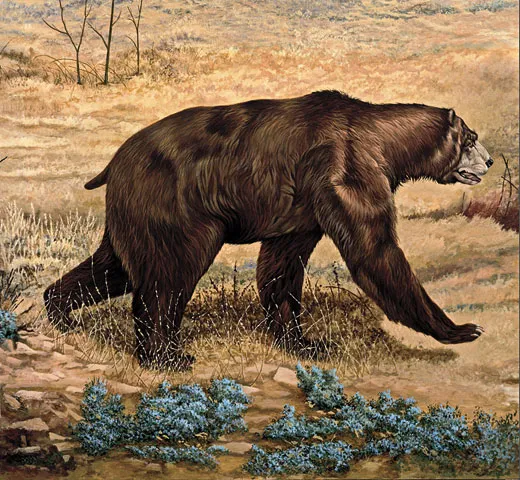
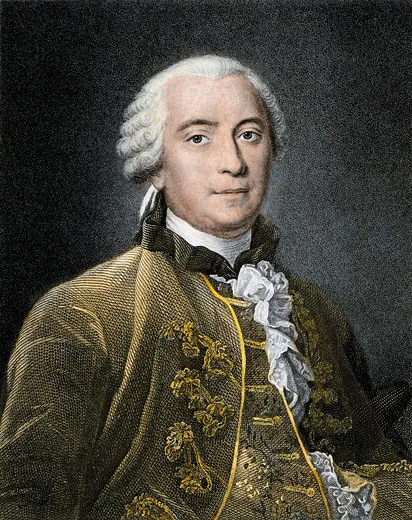
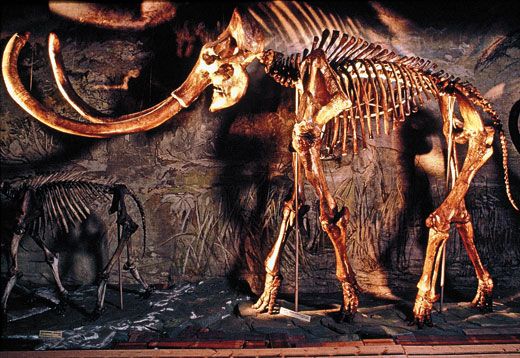
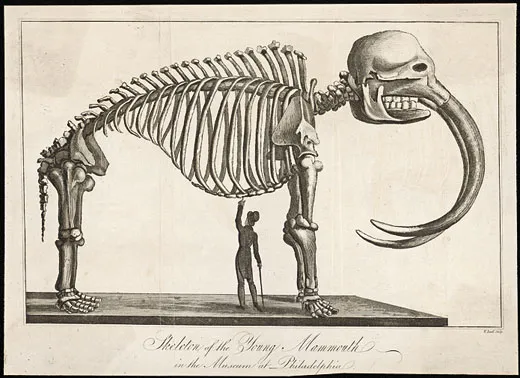
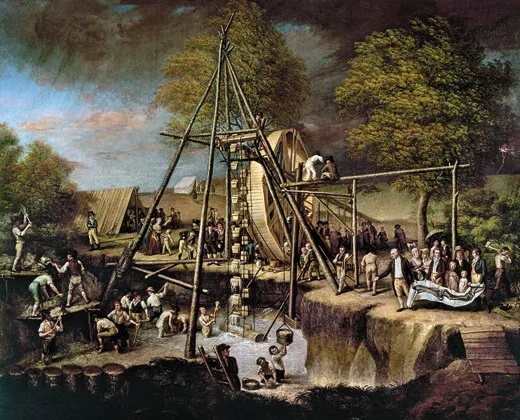
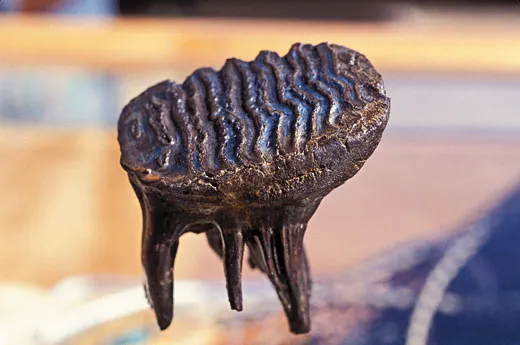
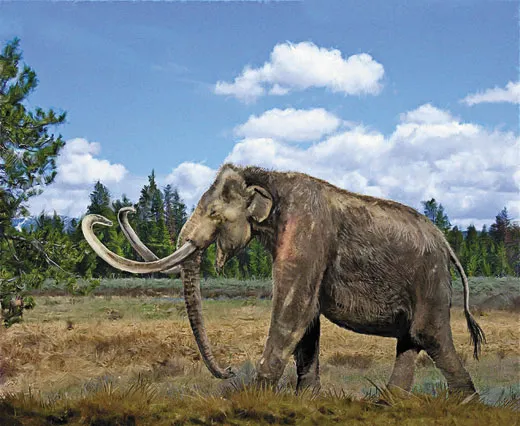
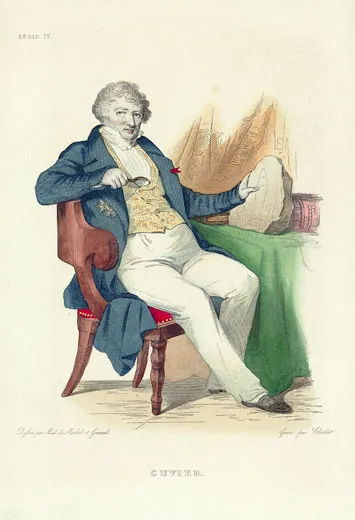
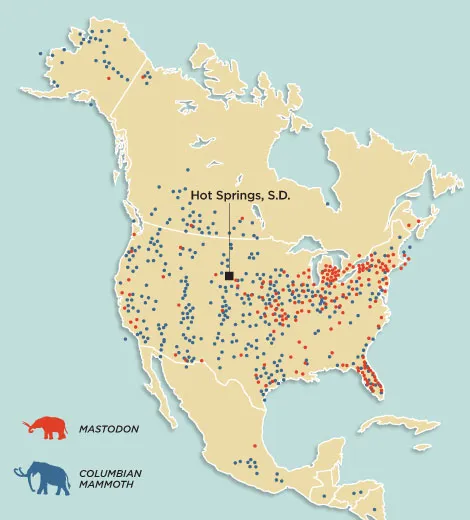
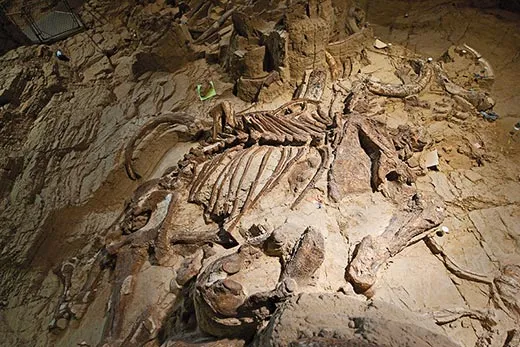
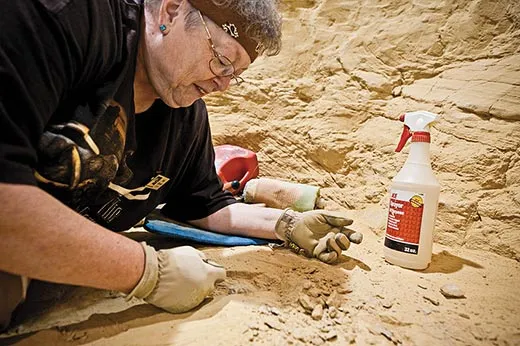
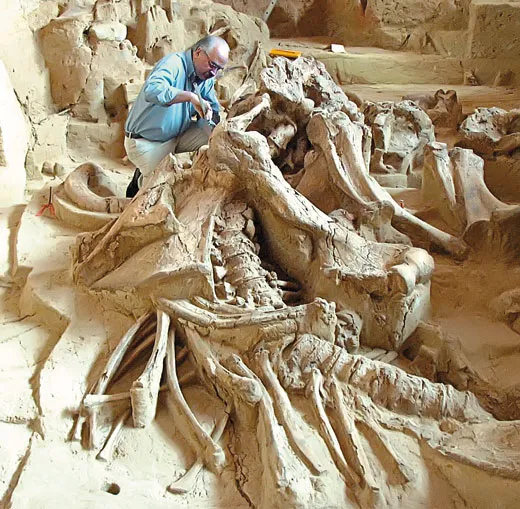
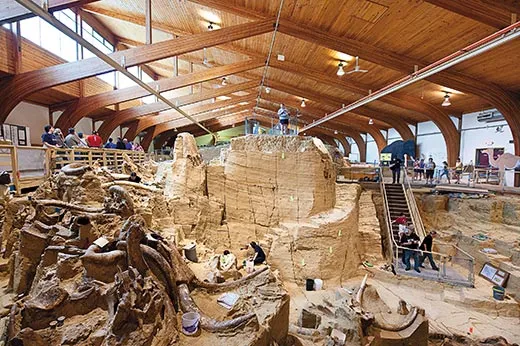
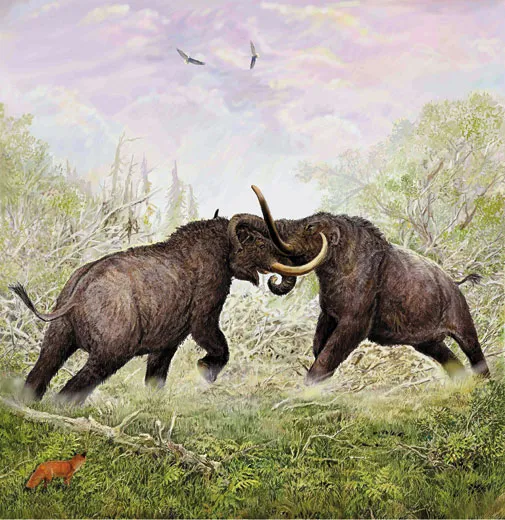
/https://tf-cmsv2-smithsonianmag-media.s3.amazonaws.com/accounts/headshot/richard-conniff-240.jpg)